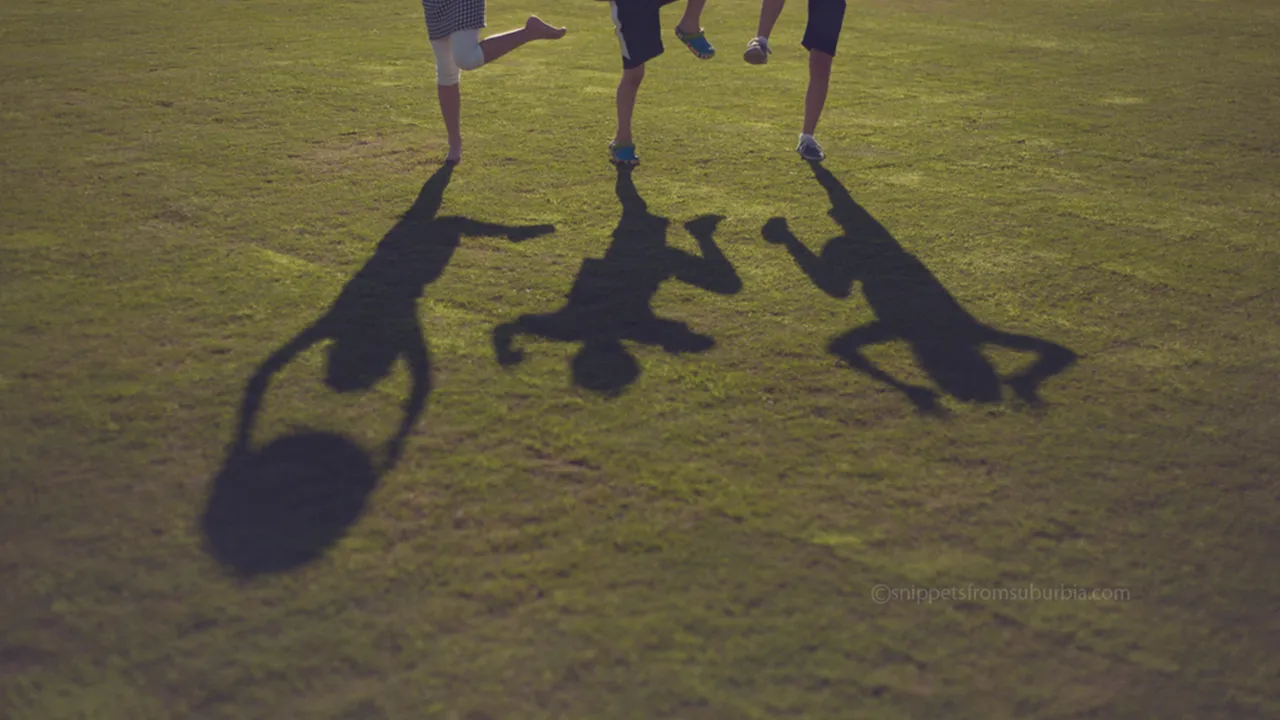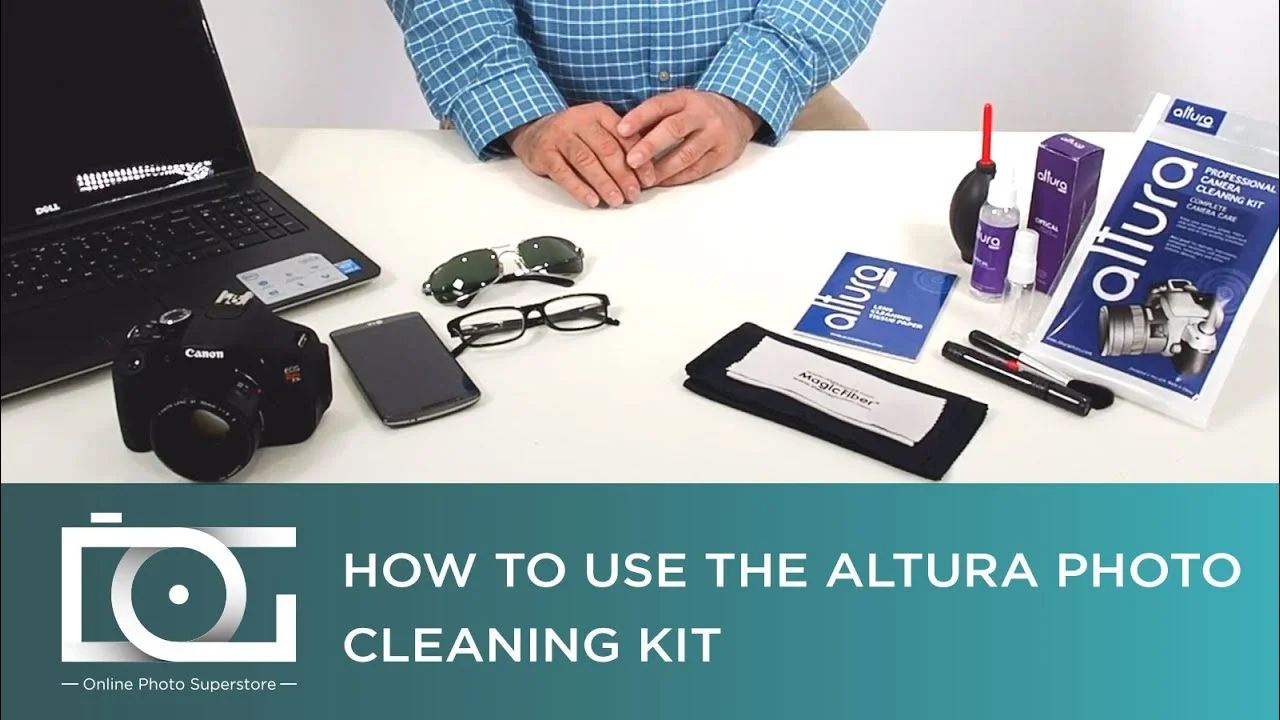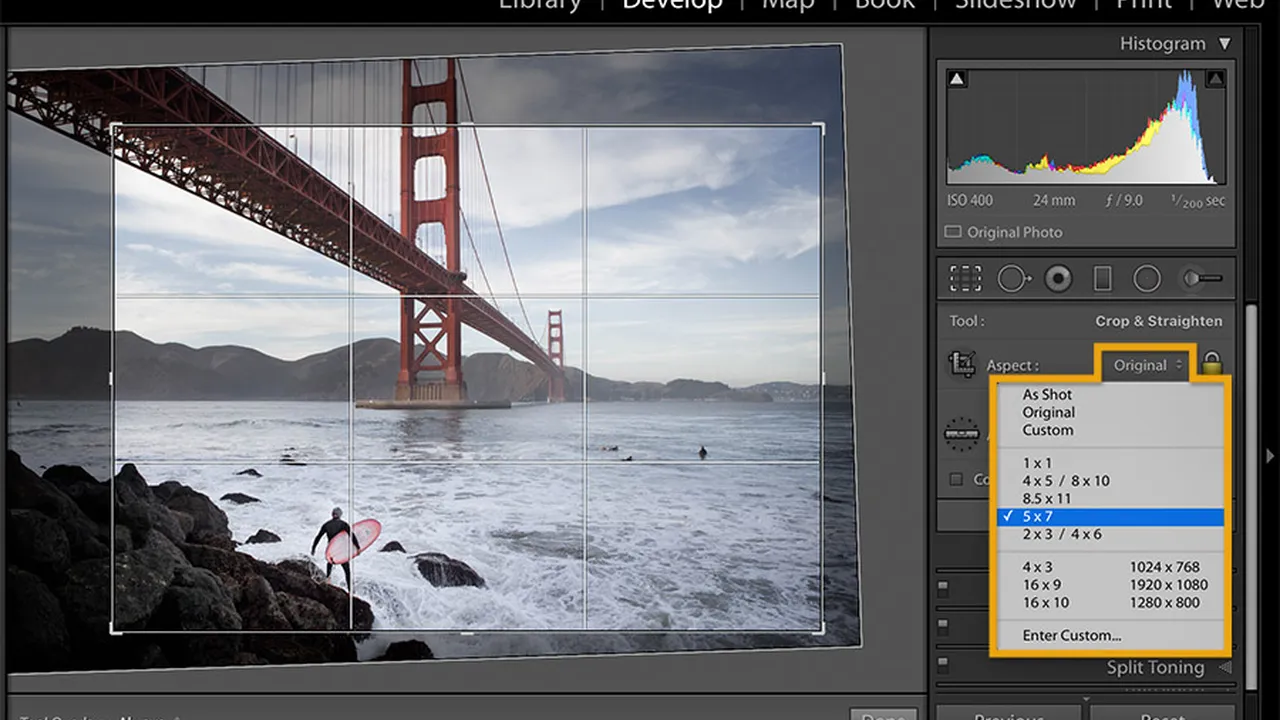Breaking the Rules: When to Ignore Composition Guidelines
Breaking the rules of composition can be a powerful tool for photographers and artists. While guidelines provide a solid foundation, knowing when and how to deviate from them can lead to more creative and impactful images. This article explores the art of breaking composition rules, offering practical advice, real-world examples, and even product recommendations for those looking to experiment with their visual storytelling. We'll delve into scenarios where ignoring the rule of thirds, leading lines, and symmetry can unlock new levels of expression.

Composition guidelines, like the rule of thirds, leading lines, and symmetry, are invaluable tools for creating visually appealing images. However, art is subjective, and sometimes the most compelling photographs are those that defy convention. This article explores when and why you might choose to break these rules, providing examples and practical tips for doing so effectively.
Understanding Composition Rules: A Quick Review (Composition Rules, Photography Basics)
Before we delve into breaking the rules, let's briefly revisit some fundamental composition guidelines:
*Rule of Thirds: Dividing the image into nine equal parts with two horizontal and two vertical lines, placing key elements along these lines or at their intersections.
*Leading Lines: Using lines to guide the viewer's eye through the image, often towards a focal point.
*Symmetry and Balance: Creating a sense of harmony by arranging elements symmetrically or balancing them asymmetrically.
*Framing: Using elements within the scene to create a frame around the main subject.
*Negative Space: The empty space around the subject, which can emphasize its importance and create a sense of balance.
These rules provide a solid foundation for creating visually pleasing images. However, they are not rigid laws, and understanding when to break them is crucial for developing your artistic vision.
When to Break the Rule of Thirds The Power of Centering (Rule of Thirds, Centering, Photography Composition)
The rule of thirds is often considered the cornerstone of good composition. However, centering your subject can be equally effective in certain situations. Consider these scenarios:
*Symmetry: When photographing symmetrical subjects, such as buildings or reflections, centering often enhances the symmetry and creates a sense of order.
*Emphasis: Placing the subject directly in the center can draw immediate attention to it, emphasizing its importance.
*Minimalism: In minimalist photography, centering a single subject in a vast expanse of negative space can create a powerful sense of isolation or solitude.
Example: Imagine a lone tree standing in the middle of a snow-covered field. Centering the tree emphasizes its isolation and the vastness of the landscape.
Ignoring Leading Lines Creating Visual Tension (Leading Lines, Visual Tension, Photography Techniques)
Leading lines are typically used to guide the viewer's eye towards the subject. However, sometimes breaking this rule can create visual tension and intrigue.
*Conflicting Lines: Using lines that lead away from the subject or intersect in unexpected ways can create a sense of unease or disorientation.
*Implied Lines: Lines that are not physically present but are suggested by the arrangement of elements can create a more subtle and intriguing effect.
*Breaking the Flow: Intentionally disrupting the flow of leading lines can draw attention to a specific element or create a sense of dynamism.
Example: Imagine a photograph of a winding road that abruptly stops before reaching the subject. This unexpected break in the leading line creates a sense of mystery and encourages the viewer to question what lies beyond.
Defying Symmetry Embracing Asymmetry and Imbalance (Symmetry, Asymmetry, Balance, Photography Art)
While symmetry can create a sense of harmony, asymmetry can create a more dynamic and engaging composition. Here's how to break the symmetry rule:
*Creating Tension: Intentionally placing elements off-center or using unbalanced compositions can create a sense of tension and movement.
*Visual Weight: Balancing a large element on one side of the frame with a smaller element on the other side can create a dynamic equilibrium.
*Leading the Eye: Asymmetrical compositions can guide the viewer's eye through the image in a more unpredictable and engaging way.
Example: Imagine a photograph of a landscape with a large mountain on one side and a small cluster of trees on the other. The imbalance creates a sense of visual tension and draws the viewer's eye across the entire scene.
Breaking the Framing Rule Open and Unconfined Spaces (Framing, Open Space, Photography Creativity)
While framing can isolate and emphasize a subject, sometimes removing the frame can create a sense of freedom and openness.
*Immersion: Removing the frame can immerse the viewer in the scene, creating a more intimate and immersive experience.
*Vastness: Capturing a vast landscape without a frame can emphasize its scale and grandeur.
*Uncertainty: Leaving the edges of the frame undefined can create a sense of mystery and uncertainty.
Example: Imagine a photograph of a person standing on a mountaintop, with no surrounding elements to frame them. This creates a sense of freedom and emphasizes the vastness of the landscape.
Ignoring Negative Space Filling the Frame for Impact (Negative Space, Filling the Frame, Photography Impact)
While negative space can emphasize a subject, filling the frame can create a sense of intensity and immediacy.
*Claustrophobia: Filling the frame with the subject can create a sense of claustrophobia or confinement, emphasizing its presence.
*Detail: Filling the frame allows you to capture intricate details and textures that might be lost with more negative space.
*Intimacy: Filling the frame with a close-up of a subject can create a sense of intimacy and connection.
Example: Imagine a close-up portrait where the subject's face fills the entire frame. This creates a sense of intimacy and allows the viewer to focus on their emotions.
Product Recommendations for Creative Composition (Photography Gear, Composition Tools, Best Lenses)
To further explore breaking composition rules, consider these tools and accessories:
*Wide-Angle Lens (e.g., Sony FE 16-35mm f/2.8 GM): A wide-angle lens allows you to capture a broader field of view, making it easier to experiment with leading lines and create a sense of vastness. It is priced around $2200.
- Use Case: Landscape photography, architectural photography, creating dynamic perspectives.
- Comparison: Compared to a standard zoom lens, a wide-angle lens exaggerates perspective and allows you to capture more of the scene.
Tilt-Shift Lens (e.g., Canon TS-E 24mm f/3.5L II): A tilt-shift lens allows you to control the plane of focus, enabling you to create selective focus effects and manipulate perspective. This lens usually costs around $2200.
- Use Case: Architectural photography, product photography, creating miniature effects.
- Comparison: Unlike a regular lens, a tilt-shift lens allows you to correct perspective distortion and create unique visual effects.
Neutral Density (ND) Filter (e.g., B+W 77mm ND 1.8): An ND filter reduces the amount of light entering the lens, allowing you to use slower shutter speeds in bright conditions, creating motion blur and blurring the lines between subjects. It costs about $150.
- Use Case: Landscape photography (creating smooth water effects), portrait photography (using wide apertures in bright light).
- Comparison: Unlike a polarizing filter, an ND filter reduces light evenly across the spectrum, without affecting color or polarization.
External Monitor (e.g., Atomos Ninja V): An external monitor provides a larger and more accurate display for composing your shots, making it easier to fine-tune your composition and experiment with different angles. The price is around $600.
- Use Case: Filmmaking, studio photography, detailed composition work.
- Comparison: Compared to the camera's built-in screen, an external monitor offers a larger and more accurate display, making it easier to judge focus and composition.
Experimenting with Perspective and Angles (Perspective, Angles, Photography Experimentation)
Don't be afraid to experiment with different perspectives and angles to create unique compositions. Try shooting from a low angle to make your subject appear larger and more imposing, or from a high angle to create a sense of overview. You can also try tilting your camera to create a Dutch angle, which can add a sense of disorientation or unease.
Finding Your Own Style Through Rule-Breaking (Photography Style, Creative Vision, Artistic Expression)
Ultimately, the goal of breaking composition rules is to develop your own unique style and artistic vision. Don't be afraid to experiment, make mistakes, and learn from your experiences. The more you practice, the better you'll become at recognizing when to follow the rules and when to break them to create truly compelling images.
:max_bytes(150000):strip_icc()/277019-baked-pork-chops-with-cream-of-mushroom-soup-DDMFS-beauty-4x3-BG-7505-5762b731cf30447d9cbbbbbf387beafa.jpg)






